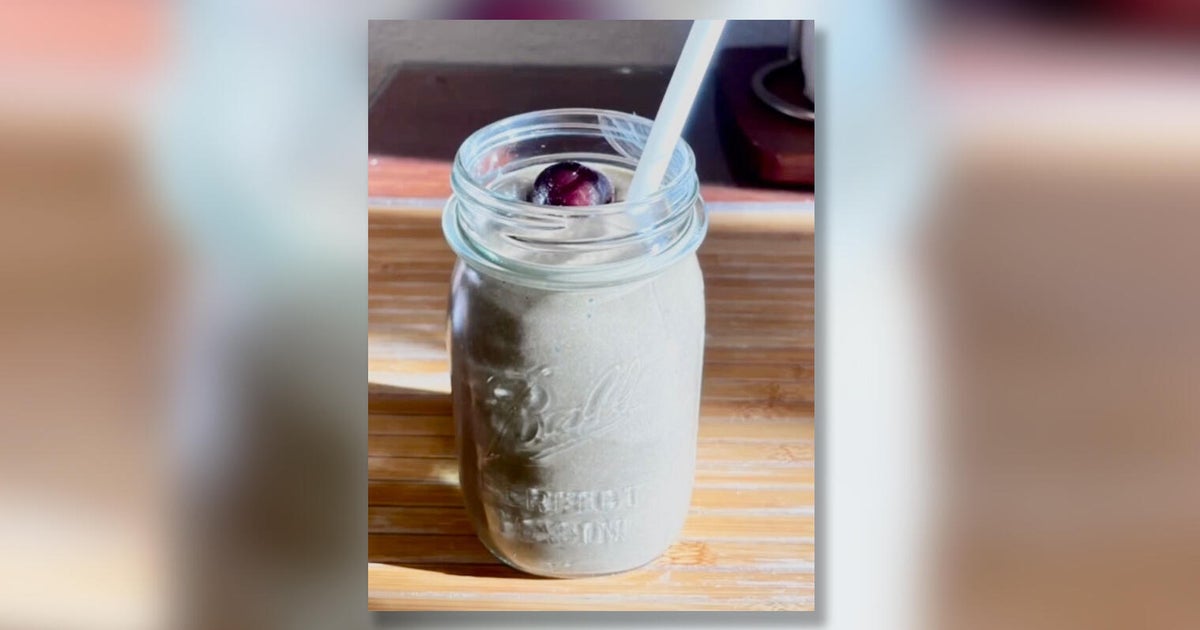Scientists tested their homes and cars. They were inhaling 68,000 microplastics every day
Researchers who tested their homes and cars for airborne microplastics have reported that levels of the ultra-small pollutants, capable of penetrating deep into our lungs, may be 100 times higher than previously estimated.
The study was on a tiny scale, with 16 air samples taken across three apartments and two cars, but it focused on detecting smaller microplastics compared to other experiments, which have typically focused on larger particles.

Small microplastics are understudied but can reach deep into our lungs, sparking health concerns among scientists.Credit: Monique Westermann
“We found that over 90 per cent of the microplastic particles in indoor air, across both homes and cars, were smaller than 10 micrometres (µm) – small enough to be inhaled deep into the lungs,” wrote the authors, led by Nadiia Yakovenko from the University of Toulouse in France.
“This was also the first study to measure microplastics in the car cabin environment, and overall, we detected indoor concentrations up to 100 times higher than previous extrapolated estimates – revealing indoor air as a major and previously underestimated exposure route of fine particulate microplastic inhalation.”
The researchers estimated in PLOS One there were 528 microplastic particles per cubic metre in their apartments and 2238 per cubic metre in their cars.
When they combined their results with previously published data, the authors estimated adults may inhale 3200 larger microplastics, sized between 10 and 300 micrometres, per day. For the microplastics smaller than 10 micrometres, which is about seven times thinner than a hair strand, it was 68,000 particles per day.
Smaller microplastics can reach the alveoli, tiny air sacks in the lungs which move oxygen into the blood and remove carbon dioxide.
The study’s focus on under-studied particles under 10 micrometres is valuable, said environmental health scientist Professor Kevin Thomas, but its conclusions should be taken with caution given the limited sample size and because measuring tiny particles comes with higher uncertainty.
“That means the reported concentrations may not fully reflect real-world exposure,” Thomas, director of the Queensland Alliance for Environmental Health Sciences, said.
“If people are concerned in the meantime, there are a few practical steps they can take – ventilate indoor spaces regularly, use HEPA-filter vacuums or air purifiers, and reduce the use of synthetic materials where possible.”
Previous experiments that have found higher concentrations of microplastics indoors, including an Australian study that found microplastic levels were 11 times greater inside a childcare centre and five times greater in an office compared to samples taken outside.
A recent scientific review linked microplastics to diseases including lung injury and cancer, although it mostly relied on animal studies and some experts said it’s too early to be sure about health risks.
The review’s author, Sydney University research fellow Dr Nick Chartres, co-wrote an editorial for the World Health Organisation that argued an international plastics treaty, to be discussed in August, should reject a focus on recycling and waste management, which fossil fuel and plastic companies have advocated for.
Instead, the editorial called for caps on plastic production, ending the use of toxic chemicals in plastics, and a mandate for the treaty to consider health implications alongside environmental concerns.
The Examine newsletter explains and analyses science with a rigorous focus on the evidence. Sign up to get it each week.
Most Viewed in National
Loading


















































